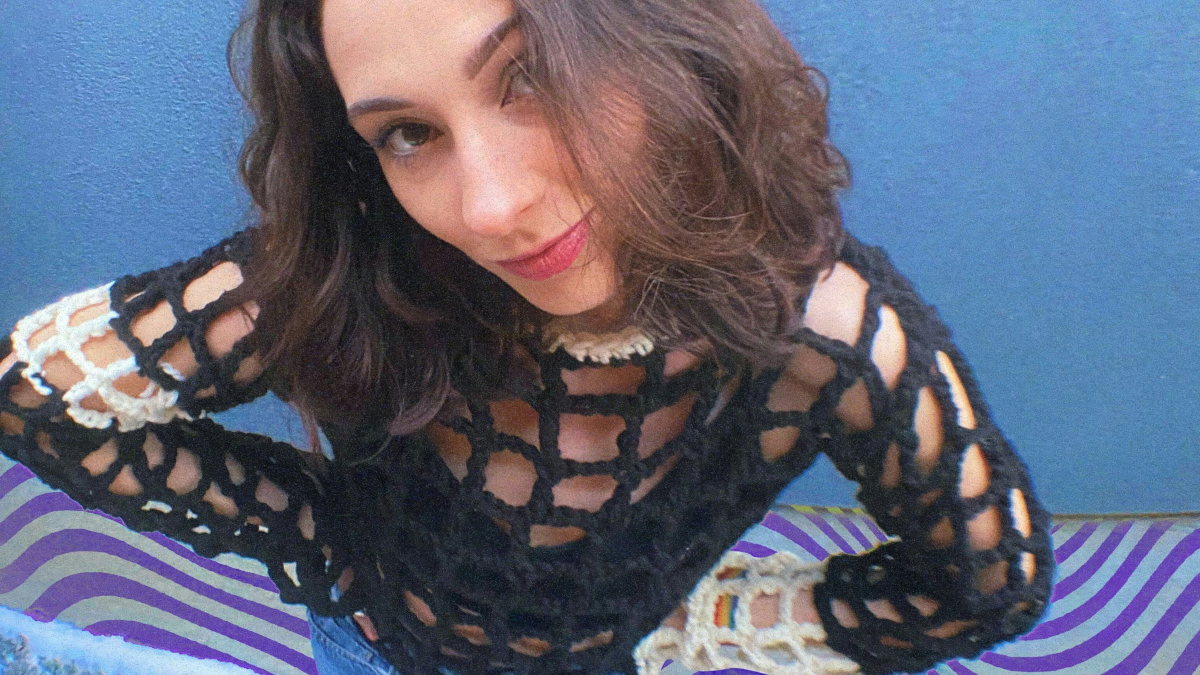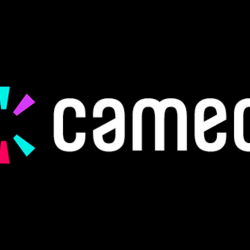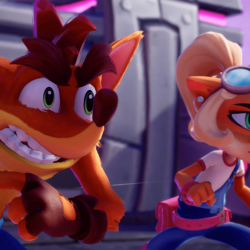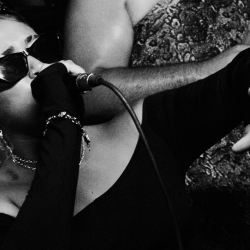A long time ago, before social media, when a brand wanted to borrow fame, it looked to celebrity endorsements. This approach meant that they benefitted from the fame and recognition that the celebrity had built up and hopefully some of that equity rubbed off on the brand. It worked well through the eighties, nineties and well into the new century. Brands such as Pepsi led the way with huge multi-million-pound deals with music stars such as Michael Jackson and Beyoncé and footballers such as Messi and Ronaldo.
Fast forward to 2024, and Instagram and TikTok have given everyone with a mobile phone the opportunity to become an influencer of some sort, and while it’s claimed that there are over one million people in the world with over one million followers, the reality is that for many, the prospect of fame and fortune as an influencer is about as likely as the chance to make it as a professional footballer. Despite this, the most popular career choice for the under 18s today is an influencer. While the life of an influencer might seem a very attractive proposition to the youth of today, there is a big difference between a large social following and the ability to commercialise this into a career and a long-term revenue stream.
The key to not just becoming famous on social media, but also making money, is brands
Brands see the hugely engaged audiences that creators can deliver, and that they can also create the content at a fraction of the price of traditional media. So, advertisers like L’Oreal pay creators good money to deliver content directly to the heart of their audiences. We’ve also seen them start to deliver hybrid strategies with traditional celebrities, such as Eva Longoria starring in TV ads alongside new social media stars in order to appeal to the more traditional and the younger audiences at the same time.
New brands such as Gymshark have built their brands using only influencers rather than celebrities, to create a more authentic relationship with the brand and their consumers.
The biggest shift we’ve seen in the last few years is the move away from influencers to content creators
Consumers do not want to be ‘influenced’ to buy products, but they do want to be entertained and informed with good content, and brands are looking to work with creators who can deliver their message more cost-effectively to an engaged audience through social media as a bigger part of their overall communications budget. For many Gen Z consumers, who spend more time scrolling than watching TV, their favourite influencers and creators are the new celebrities. TV shows such as Love Island have spawned a new generation of celebrity — the celebfluencer.
One example is Molly-Mae Hague, with over three million followers on TikTok and a reputed net worth of over £6 million. She is a role model for a new generation of consumers, who look to her for advice on everything from fashion and beauty to finance.
And on a global scale, we now have the ultimate celebfluencer in MrBeast, with over 300 million subscribers to his YouTube channel and a business empire that has delivered him a net worth of over $500 million (much more than most A-List celebrities). The advertising and marketing industry itself is also getting in on the act with the rise of industry celebrities such as Rob Mayhew, crowned the Business & Finance bCreator of the Year for his humorous sketches on agency life, and the likes of Rory Sutherland, now finding a new level of fame on TikTok.
With the rise of the influencer, creator and celebfluencer, traditional celebrities have fought back, realising that their fame can continue to deliver value in this new social media-led world.
The most followed TikTok star is Khabane Lame, with over 160 million followers, but most people on the street would struggle to recognise him, while the most followed person in the world on social media is still Cristiano Ronaldo, with over 900 million followers across all platforms, and Selena Gomez, Justin Bieber, Taylor Swift and Ariana Grande fill the next four spots. The combination of traditional fame and huge social reach makes these celebrities incredibly valuable to brands looking to harness their celebrity status as brand ambassadors.
While the platforms will undoubtedly change in the future (just as the traditional media changed from print to TV and online), what won’t change is desire to be famous. Brands will continue to chase attention by aligning themselves with fame, through celebrities, influencers and creators.
Featured image: Isi Parente / Unsplash


































